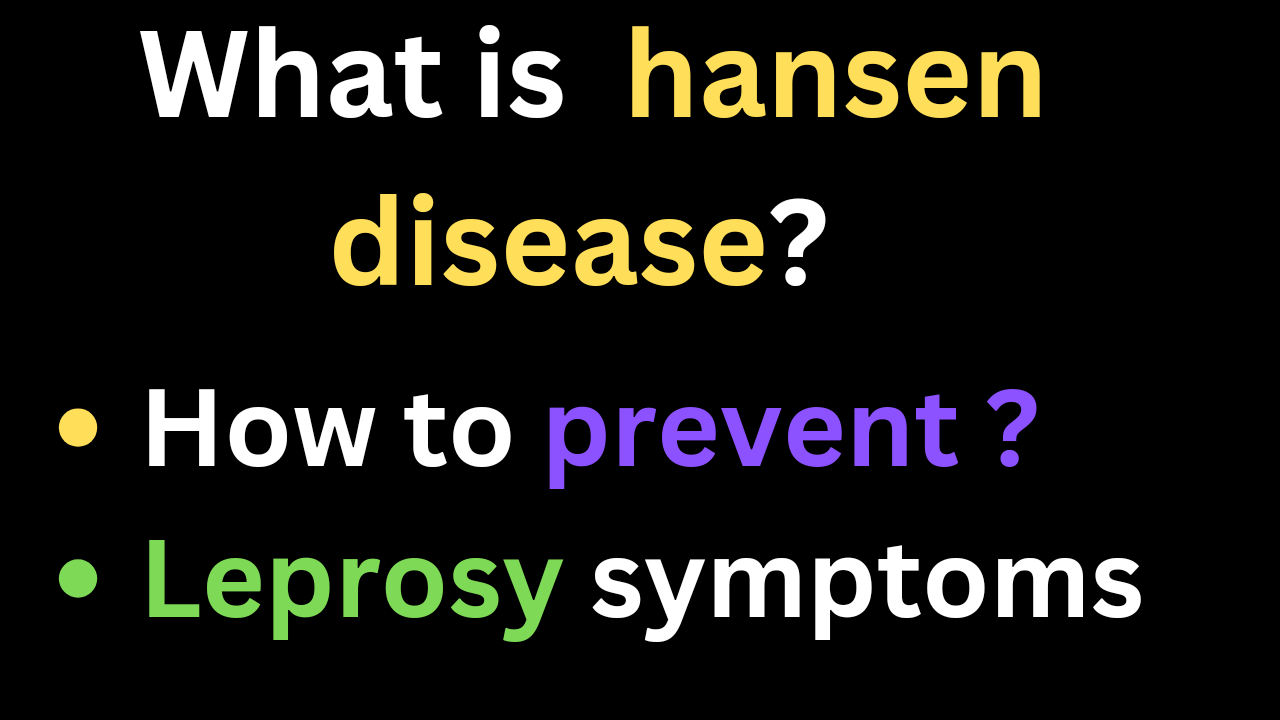Understanding Leprosy
What is Leprosy?
Leprosy, also known as Hansen’s disease, is a chronic infectious disease caused by Mycobacterium leprae. It primarily affects the skin, peripheral nerves, mucous membranes, and eyes, leading to disfigurement and disability if left untreated.
Historically, leprosy has been one of the most stigmatized diseases, often linked with isolation and social exclusion.
The Causative Agent
The disease is caused by Mycobacterium leprae. This slow-growing bacterium thrives in cooler regions of the body, such as the skin and extremities. The bacteria can evade the immune system uniquely.
This ability allows them to persist in the body for years before symptoms appear. M. leprae is closely related to Mycobacterium lepromatosis, which can also cause leprosy.
Causes and Risk Factors of Leprosy
How Leprosy Spreads
Leprosy primarily spreads through human-to-human transmission. The most common mode of transmission is prolonged close contact with an infected individual.
If the person has untreated leprosy, the bacteria can be expelled through respiratory droplets. While less common, environmental factors such as contaminated soil or water may also contribute in endemic regions.
Risk Factors for Infection
There are three main risk factors for leprosy infection.
- Genetic Susceptibility: Some individuals have a genetic predisposition to leprosy. This is due to variations in their immune system. These variations occur particularly in genes responsible for recognizing and responding to M. leprae.
- Weakened Immune System: Conditions like malnutrition, HIV/AIDS, or chronic illnesses can increase vulnerability to infection.
- Demographics: Leprosy is more common in certain regions of the world, including parts of Asia, Africa, and South America. Men are slightly more at risk than women, and the disease often affects individuals in their 20s and 30s.
Is Leprosy Contagious?
Although leprosy is contagious, it requires prolonged, close contact to spread. Most people, around 95%, have natural immunity to the bacteria.
Additionally, once an individual begins treatment, they rapidly become non-contagious, emphasizing the importance of early diagnosis and therapy.
Preventing Leprosy
Early Diagnosis and Treatment
One of the most effective ways to prevent leprosy is early diagnosis and treatment using multidrug therapy (MDT). MDT, recommended by the World Health Organization (WHO), combines antibiotics such as dapsone, rifampicin, and clofazimine.
This treatment not only cures the disease but also halts transmission, significantly reducing the risk of further infections.
Vaccination and Immunization
There is no specific vaccine for leprosy. The Bacillus Calmette-Guérin (BCG) vaccine was originally developed for tuberculosis. It has shown partial protection against leprosy in some studies.
Nonetheless, Efforts are ongoing to develop more effective vaccines tailored to the disease, with promising candidates undergoing clinical trials.
Promoting Hygiene and Awareness
Good personal hygiene and reducing overcrowded living conditions can help minimize the risk of infection. Educating communities about leprosy is crucial to dispel myths and reduce stigma.
Public health campaigns emphasizing the importance of early detection and treatment play a key role in controlling the disease.
Protective Measures in Endemic Areas
In regions where leprosy remains prevalent, protective measures include:
- Regular screening of high-risk populations.
- Providing prophylactic antibiotics to close contacts of infected individuals.
- Establishing support programs for affected families to ensure adherence to treatment and reduce transmission.
The Future of Leprosy Control
Advances in Research
Scientific advancements are shedding light on the genetic and immunological factors that contribute to leprosy susceptibility.
New drug developments and diagnostics are making early detection and treatment more accessible. Researchers are also exploring novel vaccine options to provide more effective protection.
Community and Healthcare Efforts
Global organizations like the WHO, along with non-governmental organizations (NGOs), are working tirelessly to eliminate leprosy. These efforts include expanding access to MDT, training healthcare workers, and launching public awareness campaigns.
Partnerships with local governments in endemic areas aim to reduce the stigma and social barriers associated with the disease.
Conclusion
Leprosy, while still affecting thousands of people annually, is a curable disease with known preventive measures. Understanding its causes, identifying risk factors, and implementing effective prevention strategies can significantly reduce its impact.
Continued global collaboration in research is crucial. Efforts in public health and education are also vital to eradicate leprosy. These steps will ensure a future free from its stigma and burden.
